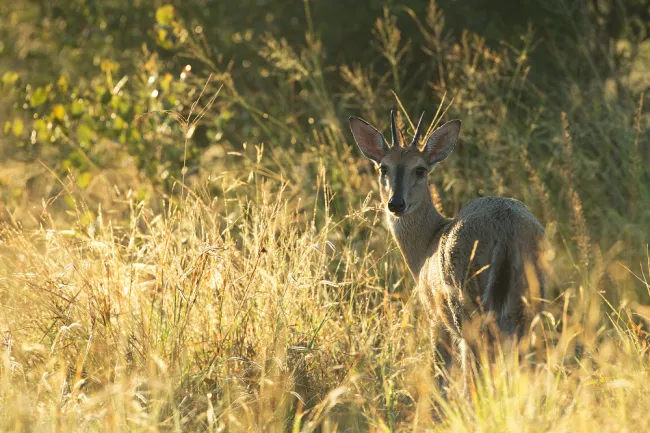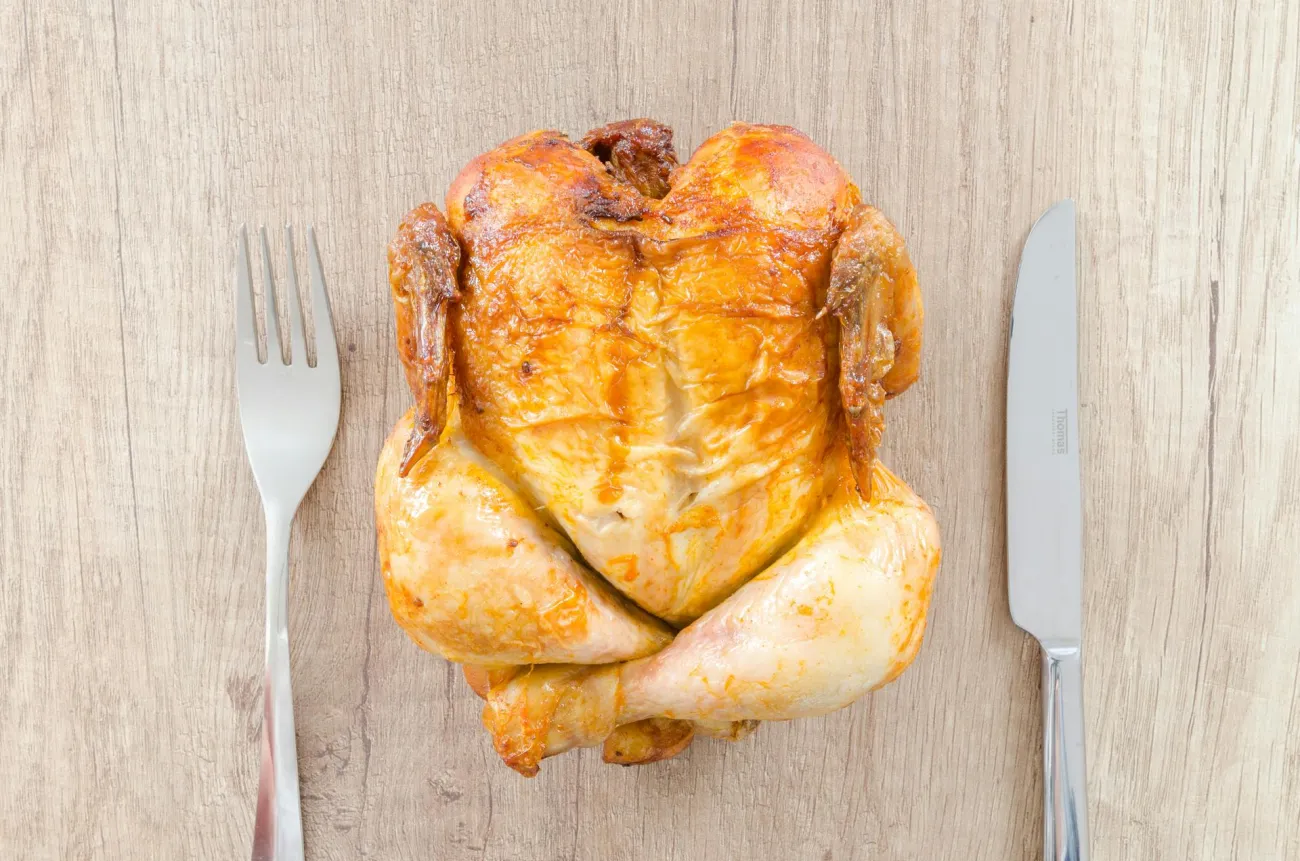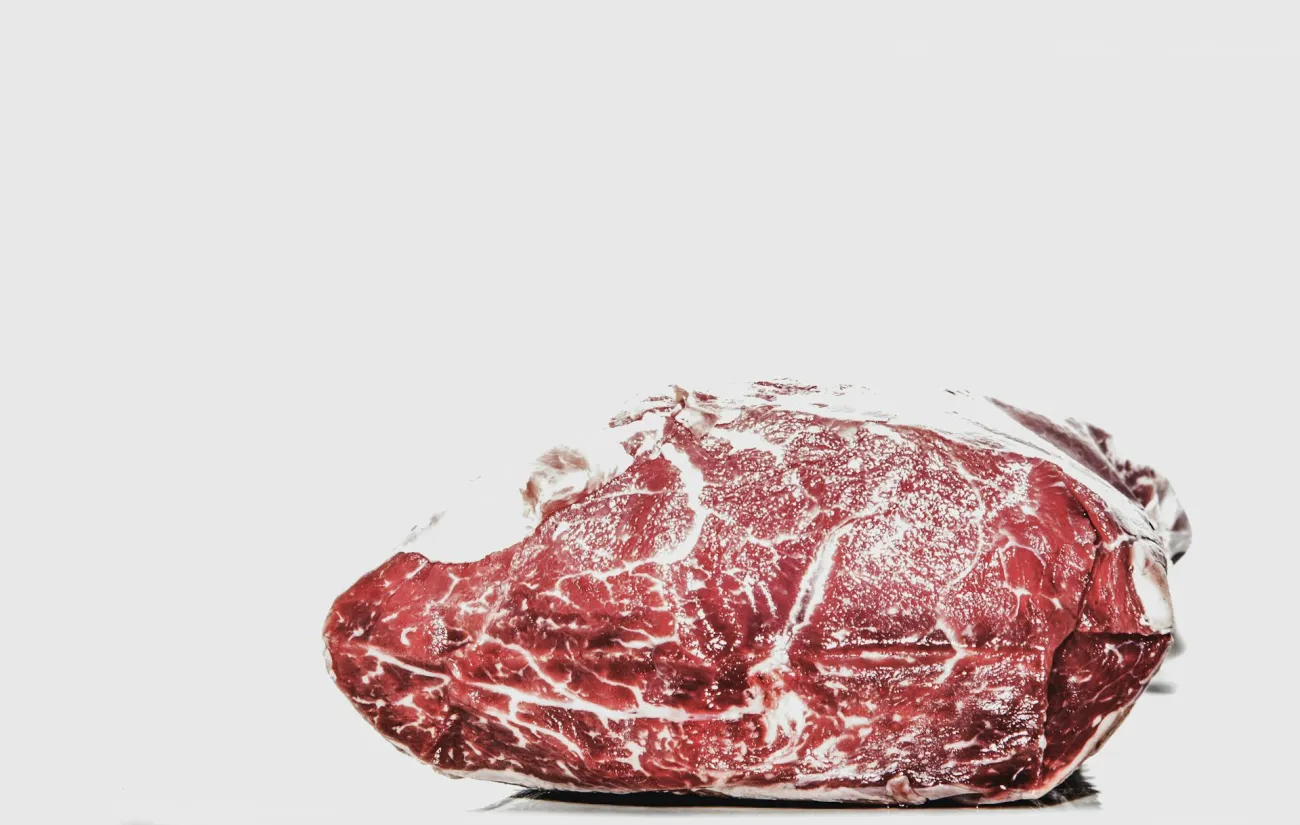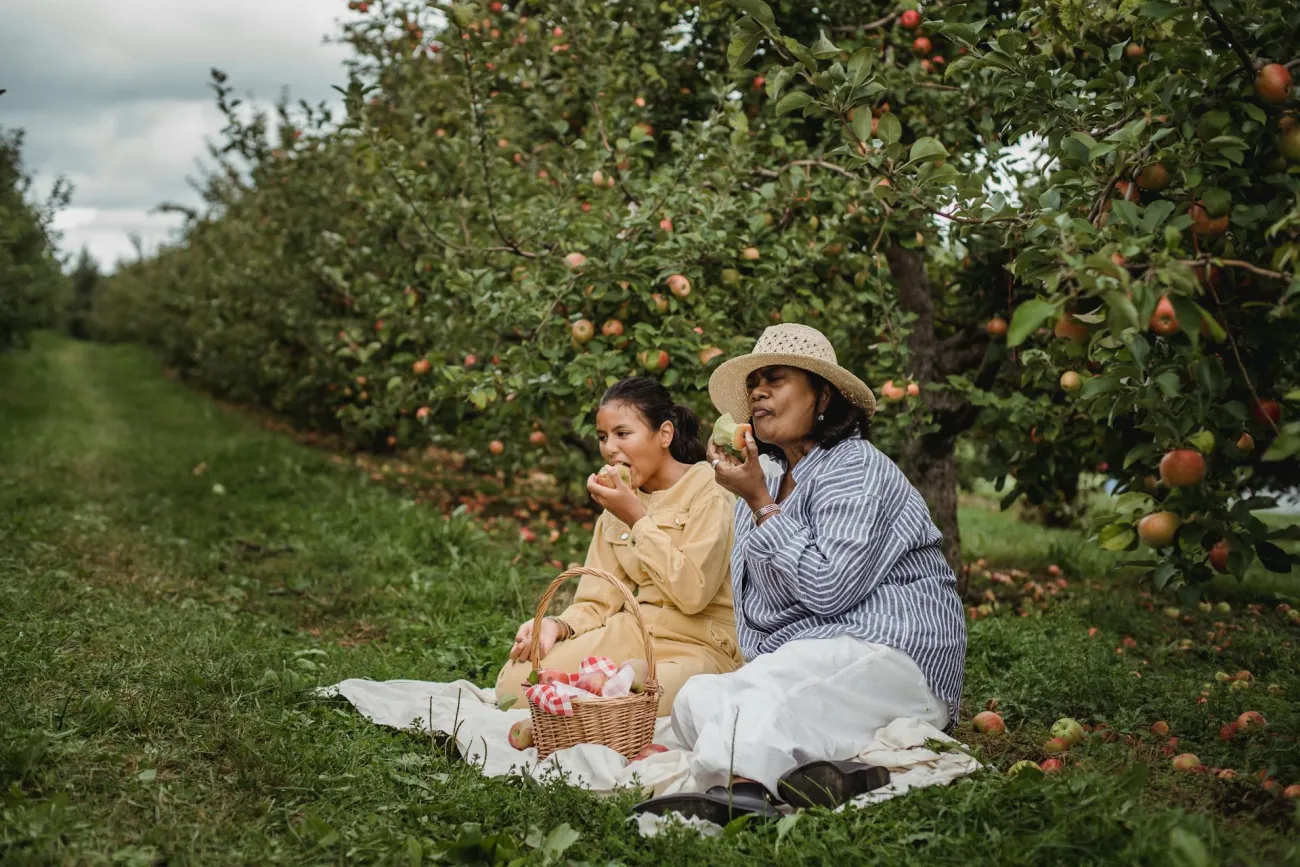This paper finds that suddenly banning wild meat from diets and markets, for example in response to the COVID-19 pandemic, could put some countries at risk of food insecurity, require an extra 124,000km2 of land to rear livestock as a replacement, and drive an additional 267 species towards extinction.

The figure below ranks the 83 countries studied by their dependence on wild meat and their food insecurity (countries on the right have the greatest food insecurity). Countries in the top right corner have both a greater risk of food insecurity and a greater reliance on wild meat. Côte d’Ivoire and Botswana currently rely the most on wild meat, getting 73% and 61% of their animal protein from wild meat, respectively. The protein supply in eight countries, all in sub-Saharan Africa, would fall below levels recommended by the World Health Organisation if wild meat were to be banned without a replacement being available.
Image: Figure 1, Booth et al. Summarizing global patterns in the risk of negative consequences of bans on wildlife trade and consumption for 54 countries. EID = emerging infectious disease.
The paper estimates that replacing wild meat with livestock would use an extra 123,980 km2 of agricultural land, with the greatest areas being required in Nigeria (10,320 km2) and USA (12,282 km2). The estimates accounted for the land area required per unit of livestock production in each country. This additional land use could put more species at risk of extinction, particularly in South America (with Ecuador having the greatest number of species - 85 - that would likely be driven to extinction).
The paper notes that its estimates reflect worst-case scenarios (either harming food security by not having a replacement for wild meat, or harming biodiversity by replacing all wild meat with livestock). In reality, it says, any transition away from wild meat would be influenced by a variety of local factors. It offers ten qualitative case studies to illustrate this point. For example, in China, the authors suggest that the food system would be able to adapt overall to the banning of wild meat, although there would be significant economic disruption for some rural wildlife farmers.
The paper mentions in passing that wild meat could, in some circumstances, be replaced with plant protein and notes that any such replacement should both respect the customs of the people affected and avoid further habitat degradation.
The authors call for wildlife trade policymakers to carefully consider the local context, respect the rights of Indigenous and tribal peoples, and weigh up all of the costs and benefits associated with different policy options.
Read an explanation of the research on the Oxford Livestock, Environment and People (LEAP) programme’s website here.
Abstract
The COVID-19 pandemic has brought humanity’s strained relationship with nature into sharp focus, with calls for cessation of wild meat trade and consumption, to protect public health and biodiversity. However, the importance of wild meat for human nutrition, and its tele-couplings to other food production systems, mean that the complete removal of wild meat from diets and markets would represent a shock to global food systems. The negative consequences of this shock deserve consideration in policy responses to COVID-19. We demonstrate that the sudden policy-induced loss of wild meat from food systems could have negative consequences for people and nature. Loss of wild meat from diets could lead to food insecurity, due to reduced protein and nutrition, and/or drive land-use change to replace lost nutrients with animal agriculture, which could increase biodiversity loss and emerging infectious disease risk. We estimate the magnitude of these consequences for 83 countries, and qualitatively explore how prohibitions might play out in 10 case study places. Results indicate that risks are greatest for food-insecure developing nations, where feasible, sustainable, and socially desirable wild meat alternatives are limited. Some developed nations would also face shocks, and while high-capacity food systems could more easily adapt, certain places and people would be disproportionately impacted. We urge decision-makers to consider potential unintended consequences of policy-induced shocks amidst COVID-19; and take holistic approach to wildlife trade interventions, which acknowledge the interconnectivity of global food systems and nature, and include safeguards for vulnerable people.
Reference
Booth, H., Clark, M., Milner-Gulland, E.J., Amponsah-Mensah, K., Antunes, A.P., Brittain, S., Castilho, L.C., Campos-Silva, J.V., Constantino, P.D.A.L., Li, Y. and Mandoloma, L., 2021. Investigating the risks of removing wild meat from global food systems. Current Biology, Online access, https://doi.org/10.1016/j.cub.2021.01.079
Read the full paper here. See also the Table explainer What is land use and land use change?




Comments (0)